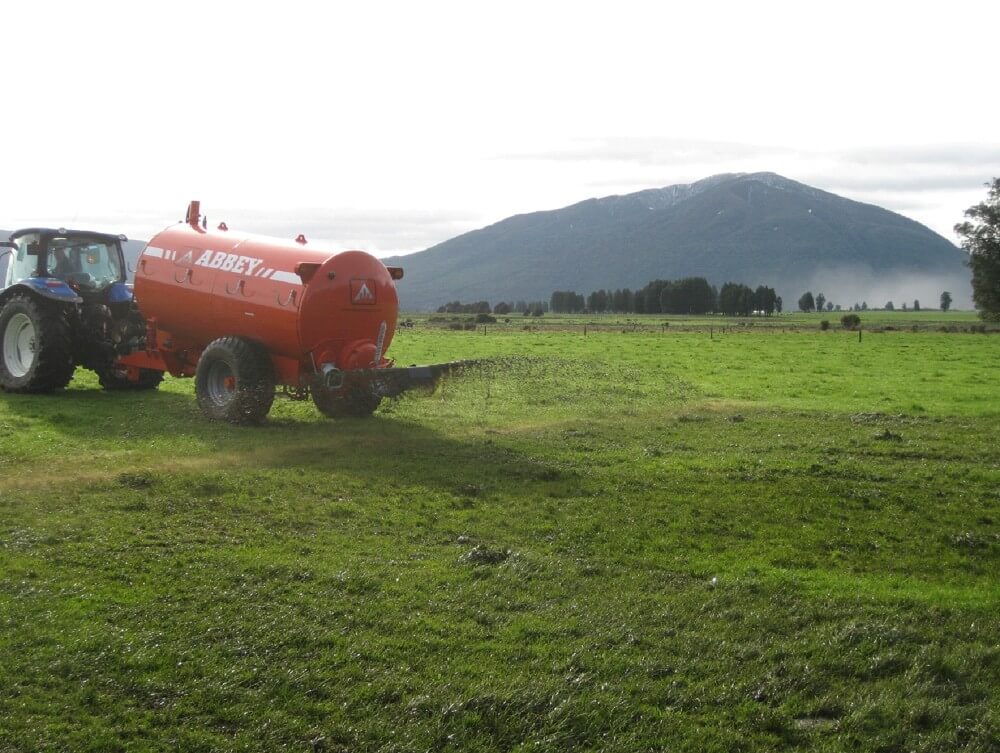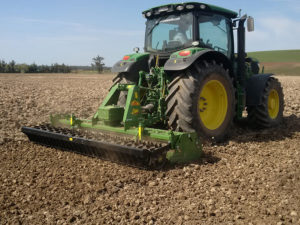Slurry is both a waste and a resource product. The nutrients within slurry are a necessary part of farming applications, and are essential for grass and crop production.
While the process does pose its challenges, the mixture of water and manure makes for the perfect fertiliser for your fields. In saying this, there are a few things you ought to know to implement an effective slurry management strategy.
Today, we explore the necessary considerations for slurry management and explore the state-of-the-art Abbey equipment you’ll require to get the job done right.
Know Your Nutrients
The nutrient contents of your slurry is key to their function as organic fertiliser. Correctly applied slurry can significantly benefit your plant productivity, in turn feeding your livestock more efficiently.
Management practices such as diet for your livestock, bedding and cleaning systems can all affect the waste composition. This includes aspects of feed like high concentrates of cereals which will increase phosphate levels more than regular slurry output.
Furthermore, it’s important to test the nutrient levels of your slurry. Ideally, samples should be sent for accurate laboratory analysis to determine a full spectrum of qualities including organic matter, dry matter, potash, phosphates, sulphur, total nitrogen, and potassium.
Utilise Modern Technology
Technological advancements in slurry management have helped optimise applications and minimise wasteful or environmentally harmful practices.
Separation technology is an incredibly popular technique used by farmers which reduces the requirement for slurry storage and pollution, whilst making handling and transport of the separated fractions of slurry much easier.
By using this technology, farmers can ensure their slurry can be separated into solid and liquid fractions. This is done through the removal of solid organic or inorganic material from the liquid manure, which results in a solid and liquid fraction. The solid fraction is primarily made up of dry, rich matter, which contains most of the organic matter. Whereas the liquid fraction is primarily water and other soluble materials – including nutrient components such as mineral nitrogen and potassium – which is perfect for use in slurry tankers.
This brings us to our final key aspect of effective slurry management…
Get The Right Hardware
Demand is at an all-time high for effective slurry disposal systems. This is why the correct hardware is essential to ensure that the slurry goes directly onto the ground, or even into the ground, for maximum plant growth and reduce nitrogen loss in the atmosphere.
Farmgard’s range of Abbey Single Axle Slurry Tankers are made out of high carbon steel, with collared dish ends and inner welding for increased strength and durability. The Abbey Tanker’s inverted splash plate, a unique characteristic of all Abbey tankers, spreads slurry evenly across the ground with capacities ranging from 4,000 to 9,000 litres – depending on the amount of slurry you need transported.
The innovation, durability and easy to use nature of all Abbey equipment gives this tanker the edge over its competitors.
Contact Farmgard Today
Want to know more about our Abbey Tankers? Farmgard’s team of agricultural experts are here to help. Get in touch to see how your farm, orchard or home can benefit from Farmgard.





